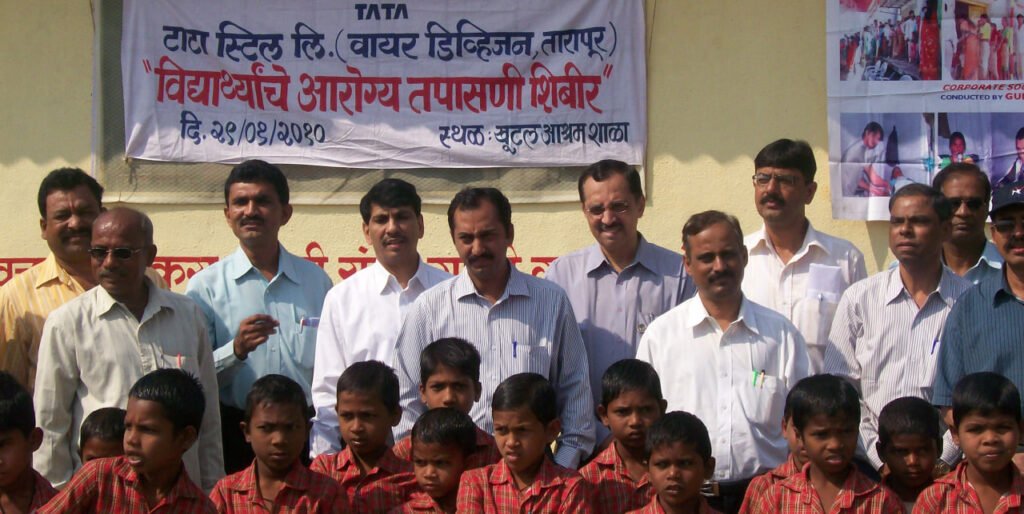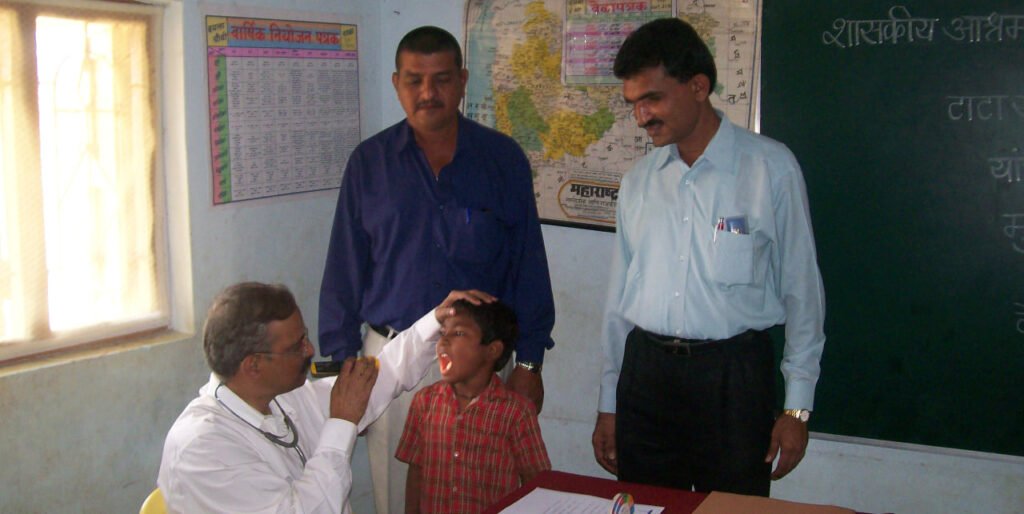CHANDRAPUR
The generation of electricity from coal-fired power plants is a significant source of pollution and poses health hazards to the people living within the 5 km impact zone of the power plant. The process of coal mining, washing, transportation, and burning of coal leads to the emission of toxic substances into the atmosphere. These toxic substances, such as particulate matter, sulfur dioxide, nitrogen oxides, and mercury, are harmful to human health and can cause respiratory and cardiovascular diseases, as well as neurological and developmental disorders.

- Coal-fired power plants generate the majority of electricity, but their operation poses a significant health hazard to people living within the 5 km impact zone.
- The process of coal mining, washing, transportation, and burning of coal emits toxic substances into the atmosphere, which can cause respiratory and cardiovascular diseases, as well as neurological and developmental disorders.
- Gurukrupa Hospital conducted a health impact assessment of people living within the 5 km impact zone of coal-fired power plants.
- The assessment involved test diagnostics like digital x-ray and spirometry and revealed a higher risk of respiratory illnesses among the people living within the impact zone.

To assess the health impact of coal-fired power plants on people living within the 5 km impact zone, Gurukrupa Hospital conducted a health impact assessment. The assessment involved test diagnostics such as digital x-ray and spirometry to measure the lung function of the inhabitants near Chandrapur, Koradi, and Khoparkheda. The sample size for this assessment was 10,000 populations, and the results revealed that the people living within the impact zone were at a higher risk of respiratory illnesses, such as asthma and chronic obstructive pulmonary disease (COPD), compared to those living outside the impact zone.
